GET OUR BEST DEAL OFFER FOR YOUR BUSINESS
We offer top of the line surveillance and security solutions, so you can always stay informed about what’s happening around your business property.
We offer top of the line surveillance and security solutions, so you can always stay informed about what’s happening around your business property.
Go Safer Security is the Maryland’s Premier Fire Alarm Inspection and maintenance company. Trust us for thorough and accurate fire alarm inspections to ensure the safety of your property and loved ones. Stay compliant and secure with our professional inspection services.
Go Safer Security is Maryland’s top fire safety inspection and maintenance company. trust us for thorough and accurate fire alarm inspections to ensure the security of your property, boost home security, and protect your home or business and loved ones. Keep yourself and your company safe by guaranteeing compliance with all relevant laws and regulations. Our professional inspection services will thoroughly examine your processes and practices to identify any gaps or areas of concern, ensuring that your company is as secure as possible.
A fire alarm system is critical for safeguarding your property and assets. Regular inspections, testing, and maintenance are required to meet codes and regulations of your state or local jurisdiction. To learn more about the costs of a fire alarm system, visit our latest blog article
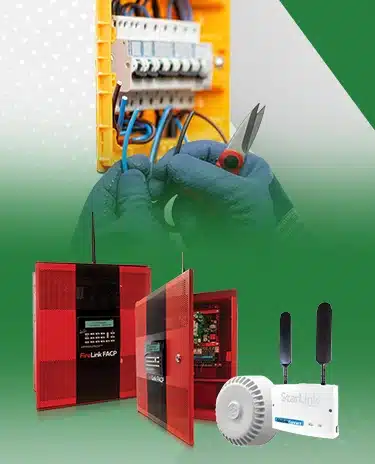

In addition to complying with regulations and ensuring the safety of your property and assets, regular fire panel inspection and maintenance can also save you money in the long run. By catching issues early, such as faulty sensors or alarms, you can address them before they become more extensive and expensive problems. This can also help prevent false alarms that can potentially lead to fines or penalties. Additionally, a well-maintained fire alarm system can potentially lower your insurance premiums, as insurance companies often offer discounts to businesses that prioritize safety measures. Therefore, the investment in regular fire panel inspection and maintenance can not only protect your property, but also save you money in the long run.
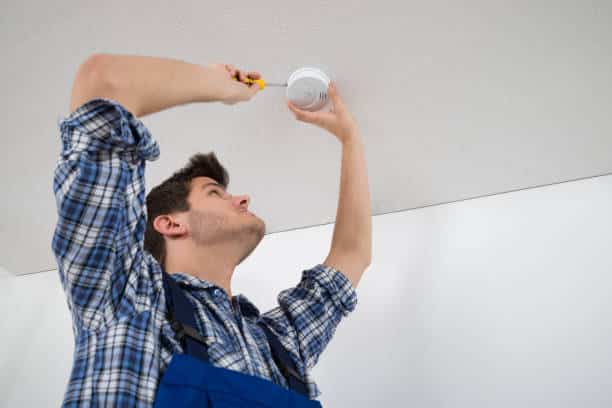
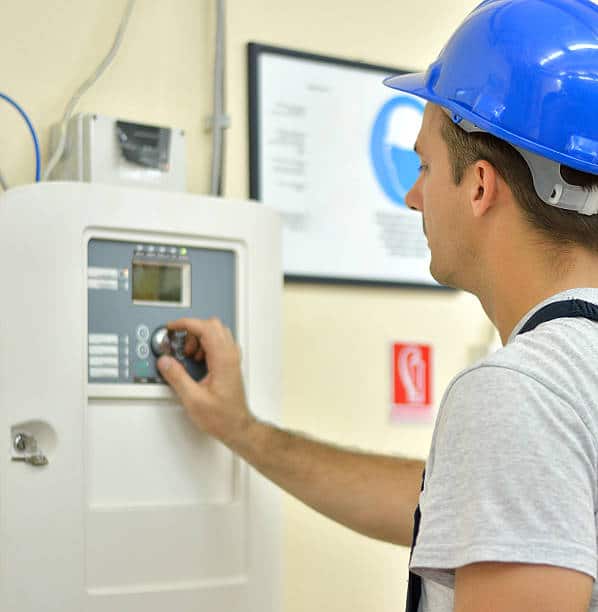
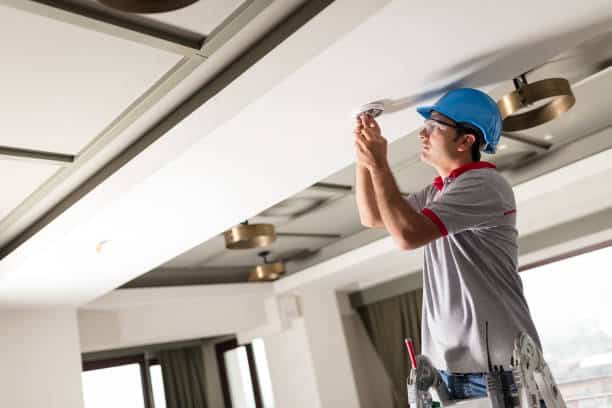
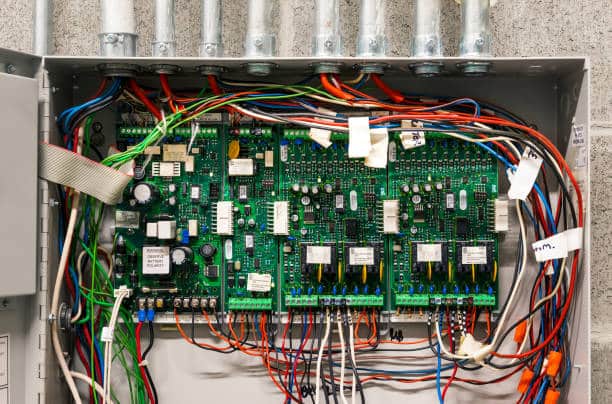
Fire systems are vital components of any building, ensuring that its occupants remain safe in the event of an emergency. Regular inspections are necessary to make sure that these systems continue to operate as they should and provide a layer of protection when needed. To ensure optimal performance, it is recommended that fire systems be inspected every 6 months.
Inspections should involve all aspects of a fire system including smoke detectors, alarms, sprinklers and other related items. During the inspection process, any malfunctions or signs of damage can be identified and rectified before they become major issues. Furthermore, this process also ensures that all necessary permits are up-to-date and compliant with local regulations.
Scheduling regular inspections can save lives in the event of a fire emergency by making sure that all components operate properly within a reasonable timeframe. For safety tips and guide on how to address different components problems, visit our blog post here.
Fire alarms are a critical tool for keeping people safe in the event of a fire, so it is essential that they are regularly tested to ensure they will work properly when needed. Testing fire alarms helps identify any potential issues with the system, like broken or disconnected wiring, low battery power, or dust accumulation on sensors. This allows for repairs and maintenance to be done before a real emergency occurs. Additionally, testing helps familiarize people with the sound of the alarm and ensures that everyone knows what to do if one goes off. Regular testing is an important part of keeping people safe in case of an emergency.
A fire alarm system is a critical component of any building’s safety plan. It should be designed to meet four key conditions to ensure that it works effectively and efficiently in the event of a fire.
The first condition is detection, which means the system must be able to detect smoke or other signs of a fire quickly and accurately. To do this, the system should include smoke detectors and heat sensors strategically placed throughout the building. These devices should be wired into an alarm panel that can alert occupants when a fire is detected.
The second condition is notification, which means occupants must be alerted quickly once the system detects a fire. This can be done through audible alarms or visual alerts such as flashing lights or strobes. The notification should also include instructions on how to safely evacuate the building if necessary.
The third condition is control, which means that the system must have ways to control and stop the spread of fire once it has been detected.
There are three main types of fire alarms: ionization, photoelectric, and dual sensor.
Ionization alarms use a small amount of radioactive material to detect smoke particles in the air. Photoelectric alarms use a light beam and sensor to detect larger smoke particles.
Dual sensor alarms combine both technologies for maximum detection accuracy.
Ionization alarms are the most common type of fire alarm as they are usually more affordable than the other two types. However, they can be prone to false alarms due to their sensitivity to everyday activities like cooking or showering.
Photoelectric alarms are better at detecting slow smoldering fires, but they can be more expensive than ionization alarms. Dual sensor alarms offer the best of both worlds, providing reliable detection with fewer false alarms.
No matter which type of fire alarm you choose, it is important that it is properly installed and maintained according to manufacturer guidelines.
A fire alarm detection system is an important component of any fire safety plan. It is designed to detect the presence of smoke, heat, or flames and alert building occupants so they can take appropriate action. The five components of a fire alarm detection system are:
1. Smoke Detectors: These are the most widely used type of fire detector, as they are relatively inexpensive and easy to install. Smoke detectors sense particles in the air that indicate a potential fire and trigger an alarm when detected.
2. Heat Detectors: Heat detectors are designed to detect sudden increases in temperature that may indicate a fire. They come in two main types – fixed temperature and rate-of-rise – and can be used in areas where smoke detectors may not be suitable.
3. Flame Detectors: Flame detectors use infrared or ultraviolet sensors to detect the presence of flames and other hot objects within their field of view. They are used in applications where smoke detectors may be too sensitive, such as in areas with a large amount of dust.
4. Water Detectors: These detectors work by detecting changes in the electrical resistance of water and are used to detect flooding or leaks in pipes.
5. Carbon Monoxide Detectors: These devices detect carbon monoxide, which is an odorless, colorless, and tasteless gas that can be lethal under certain concentrations. There are different types of Carbon Monoxide detectors which include smoke detector-type detectors and combination smoke/Carbon Monoxide detectors.
The fire alarm system works by detecting smoke, heat, or flames and then triggering an alarm to notify people in the building and emergency services. The system includes various components such as smoke detectors, heat detectors, alarms, and control panels, all designed to work together to quickly detect and alert people of a potential fire. Once the alarm is triggered, the evacuation process can begin and emergency services can be alerted. It’s important to regularly test and maintain the system to ensure it’s working properly in case of an emergency.
Call 1-800-GO-SAFER (467-2337) and speak with our GSS Specialist or complete the form and we will contact you.
click
What type of business do you have? This will help us determine the specific needs of your business and recommend cameras that are best suited for your industry.